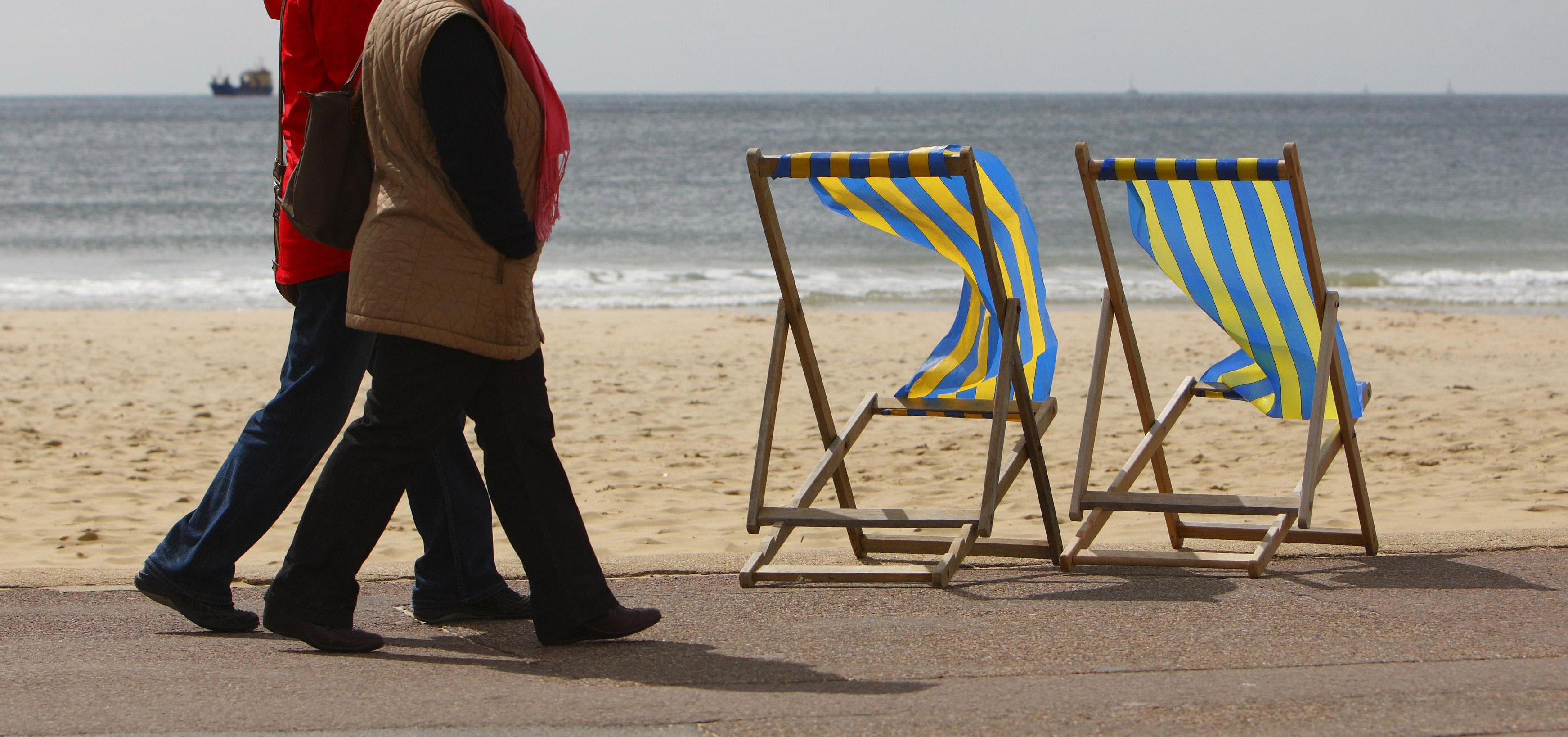
PLAYING the piano, singing, dancing and owning your own home boost well-being in later life, data from 15,000 people shows.
While many factors combine to create well-being, keeping engaged in social and cultural activities, being financially secure and taking exercise helps people feel good as they age.
The Wellbeing Index report, from Age UK and the University of Southampton, analysed data from 15,000 people aged 60 and over.
It looked at how people were doing in five key areas – social, personal, health, financial and their local environment.
The results showed that taking part in creative activities such as the arts had the most direct influence in improving a person’s wellbeing in later life.
Activities included dancing, playing a musical instrument, visiting museums, photography, singing, painting and writing
Other things were also strong contributors to wellbeing, such as being in good health, having an “open” personality and having a large social network.
The report found that all the people in the top fifth for wellbeing were involved in some form of creative and cultural activity.
They were also four times more likely than the bottom fifth to be involved in social pursuits, such as being a member of a social or sports club. Most (95%) had two or more friends and nine out of 10 also did some form of exercise.
Those in the top fifth for wellbeing had considerably higher thinking skills in cognitive tests – such as numeracy and recalling words – compared to those in the bottom fifth.
Only one out of five people in the top fifth lived alone, and while one in five cared for another person, they did so less intensely than those in the bottom fifth.
People in this group also rated neighbourliness higher while 75% had no long-standing illness or disability.
Some 85% also owned their own home outright and had an average financial wealth of over £50,000.
Meanwhile, people in the bottom fifth had lower cognitive skills, were more likely to be caring for somebody for more than 20 hours a week and 23% did not take part in creative and cultural activities. More than half lived alone.
Most (85%) were not engaged in regular social activities, and 13% reported having no friends.
Fewer than 1% were involved in sports or exercise, and 88% had a long-standing illness or disability.
People in the bottom fifth were also more likely to have mental health problems, more likely to rent (61%) or have a mortgage (11%), and less than a third were outright homeowners.
They were also more likely to be on benefits and expressed more dissatisfaction with local medical, leisure and shopping facilities.
Caroline Abrahams, charity director at Age UK, said there were practical steps people could take to improve wellbeing.
She added: “Being positive and open, willing to try out new things, and engaged with what’s going on around us turns out to be incredibly important in sustaining our wellbeing as we get older.
“Things like playing the piano, singing or dancing all seem to do a lot to help.
“To some extent we can all act on messages like these but we also need to be realistic and recognise that it is a lot easier to be positive, outgoing and involved if you are in good mental and physical health, financially secure, and well supported by family and friends than if none of these things are in place.
“Our Index reveals a huge gap between the most and the least favoured older people in our society and shows that we have to do more to help those with the lowest wellbeing.”
She said it was important that local services are protected for older people, adding: “The current cuts to social care, the NHS and many local facilities like lunch clubs and day centres are a real worry because it is these least fortunate older people who are most likely to lose out as a result.”

Enjoy the convenience of having The Sunday Post delivered as a digital ePaper straight to your smartphone, tablet or computer.
Subscribe for only £5.49 a month and enjoy all the benefits of the printed paper as a digital replica.
Subscribe